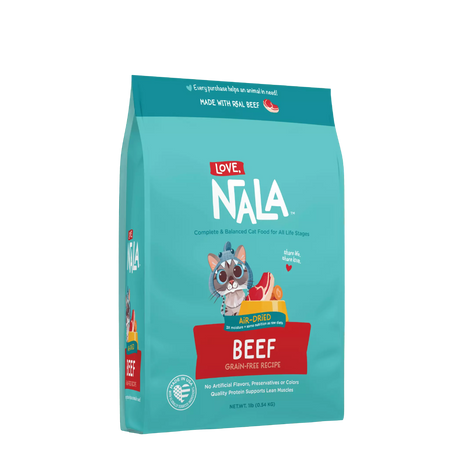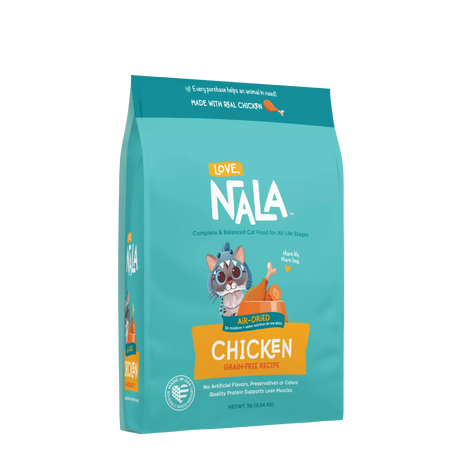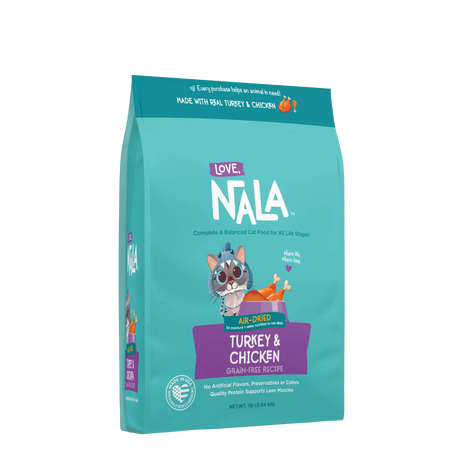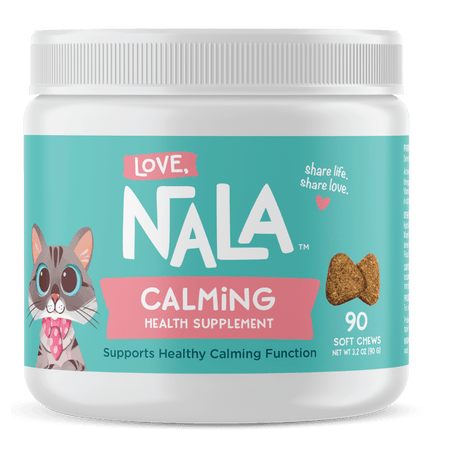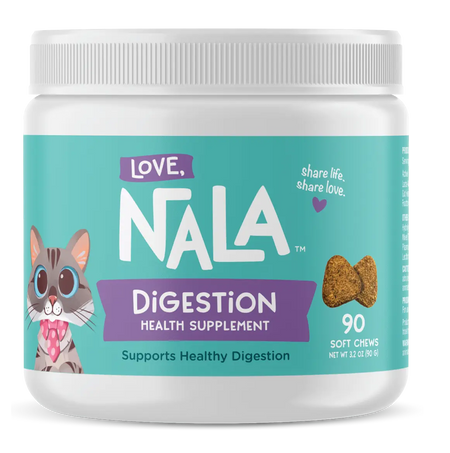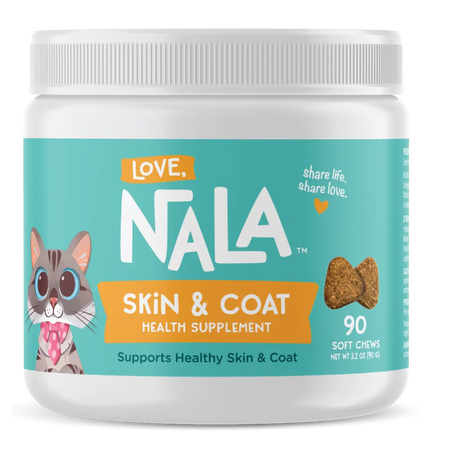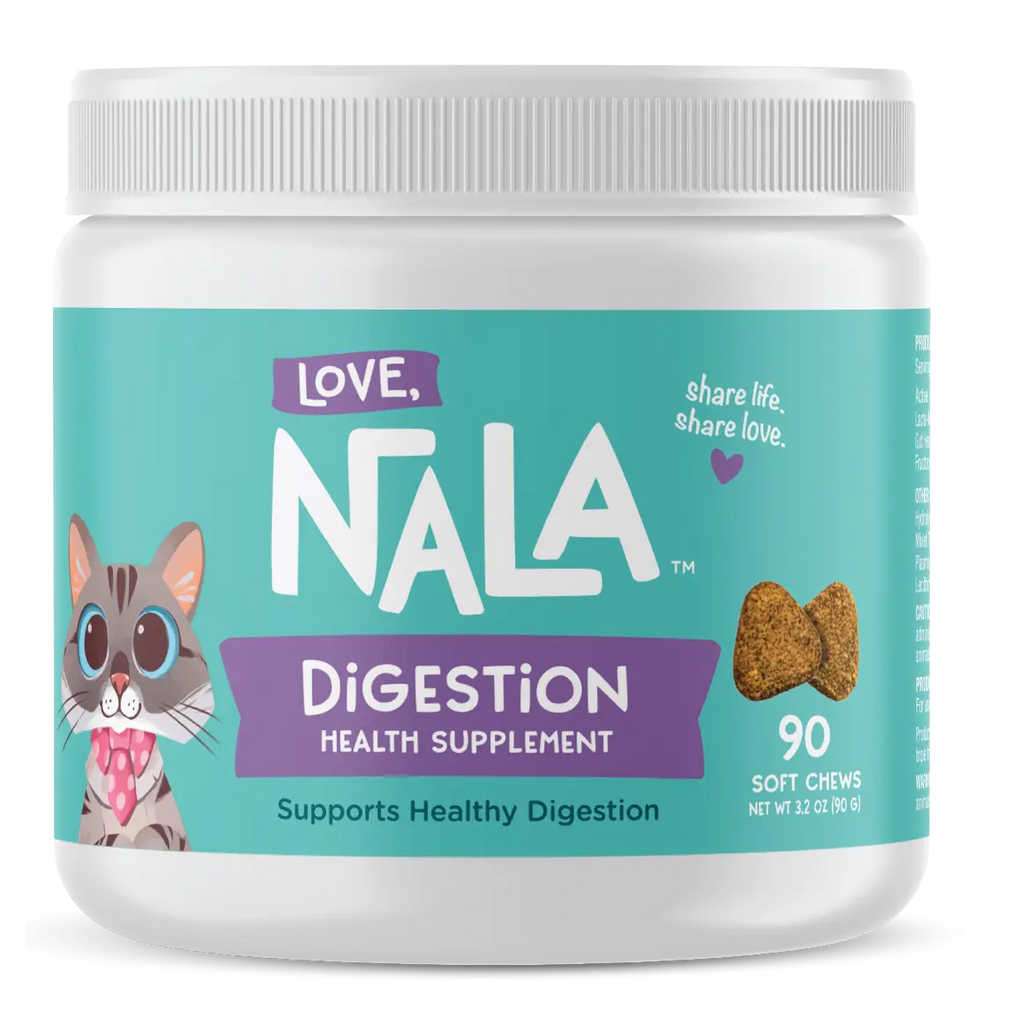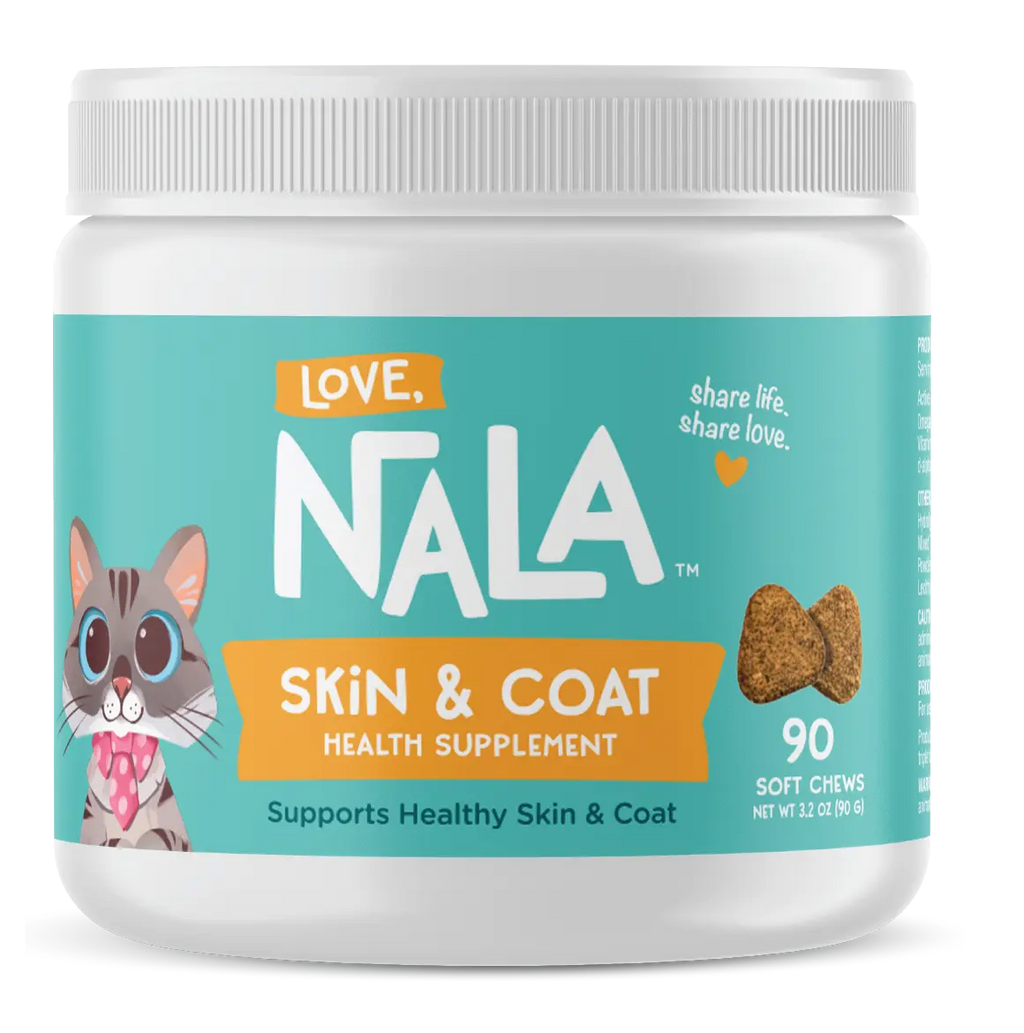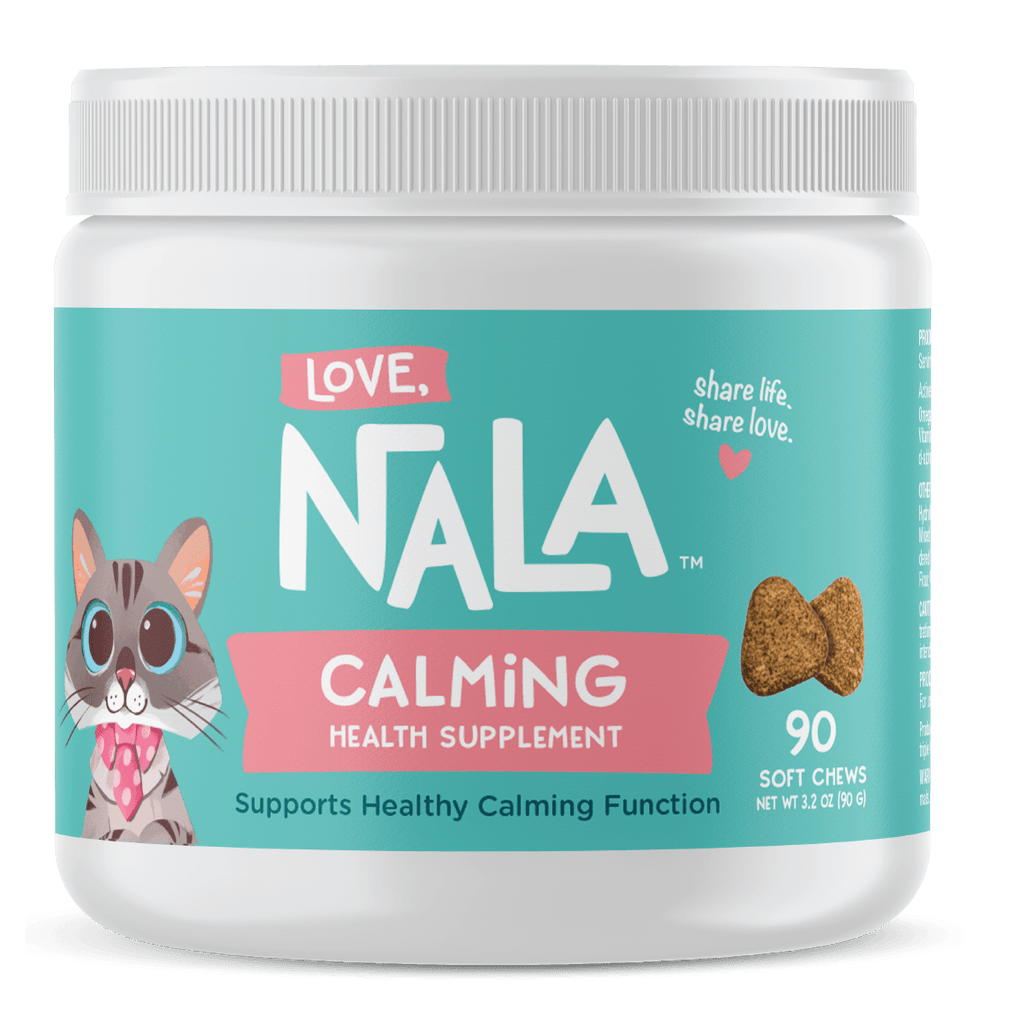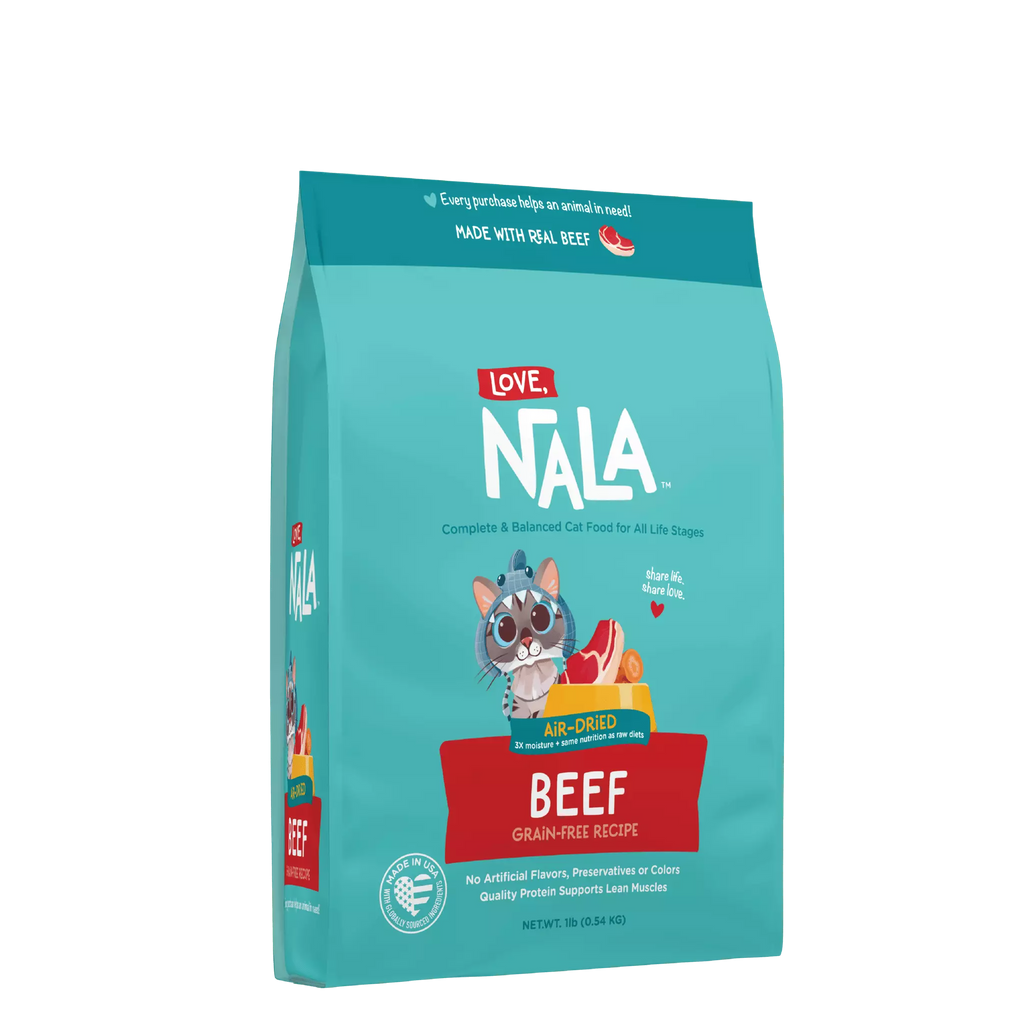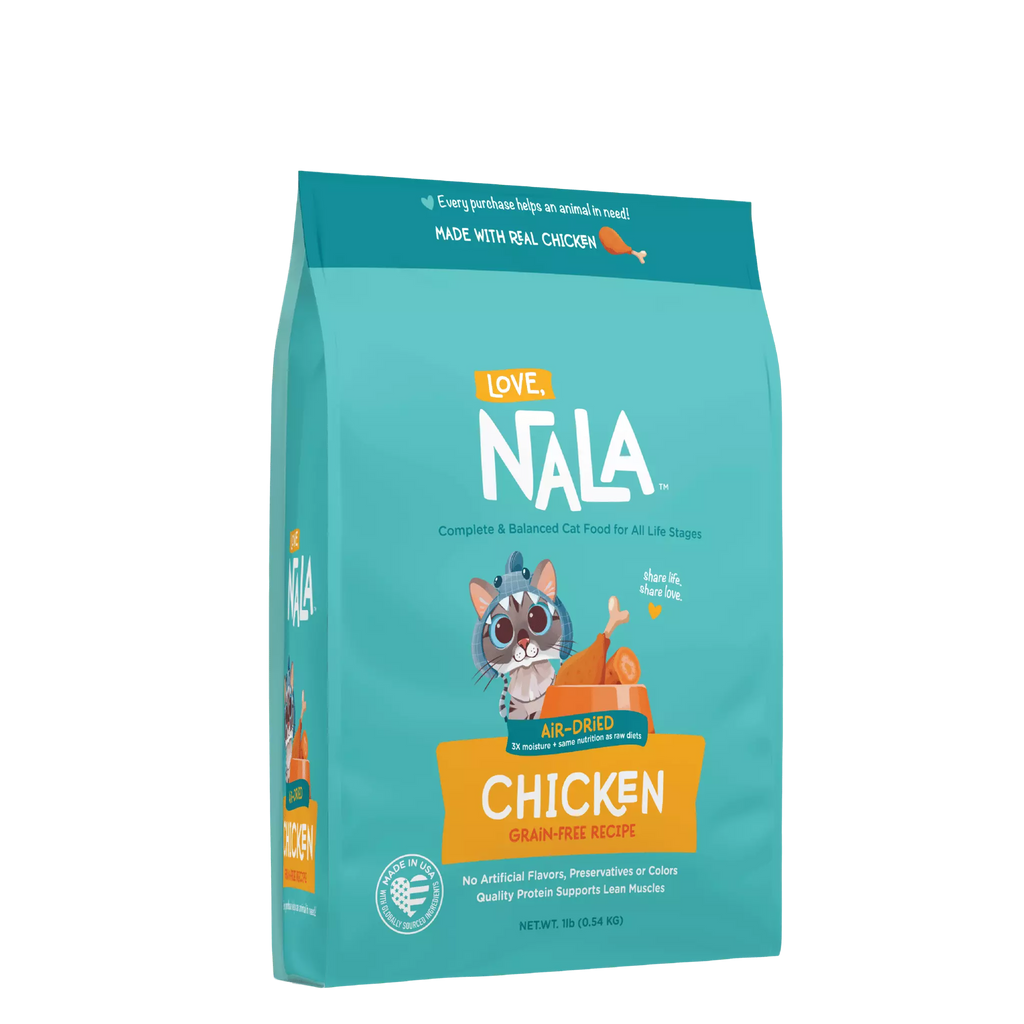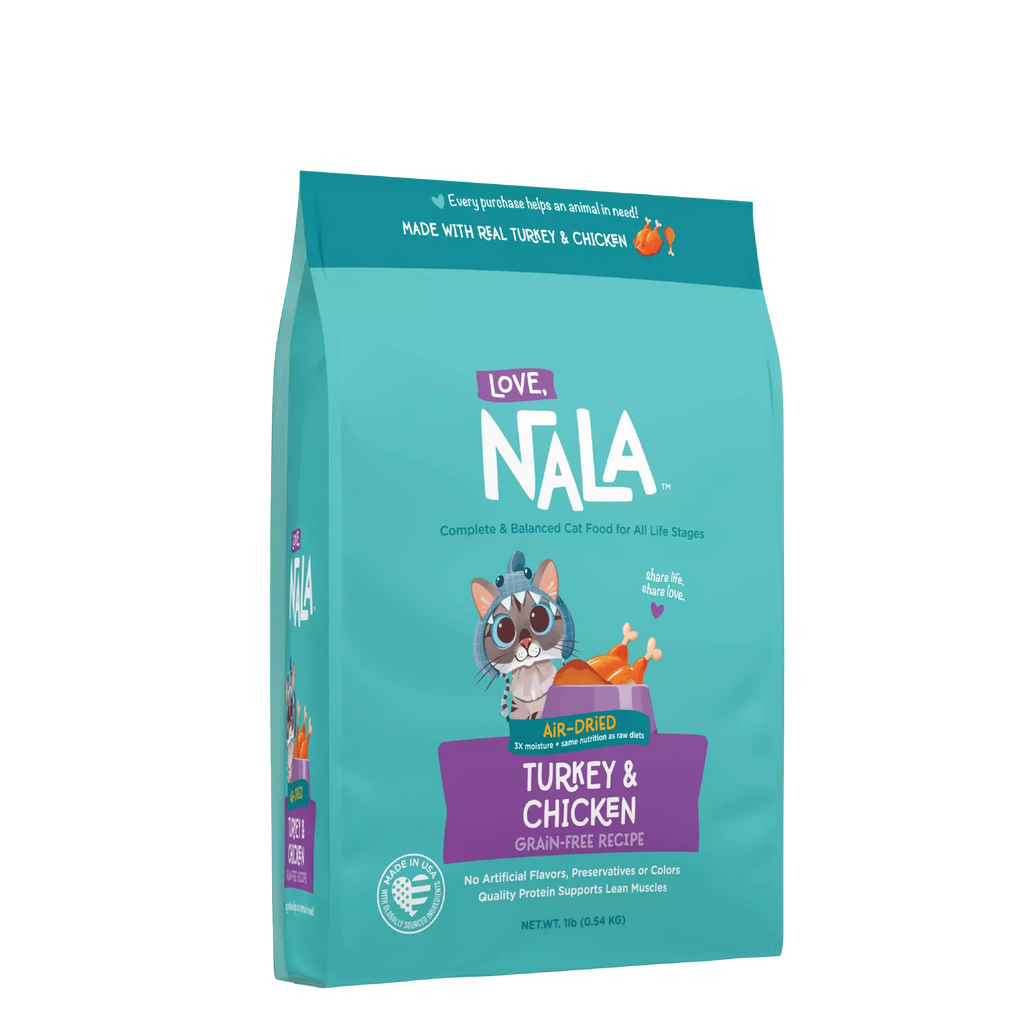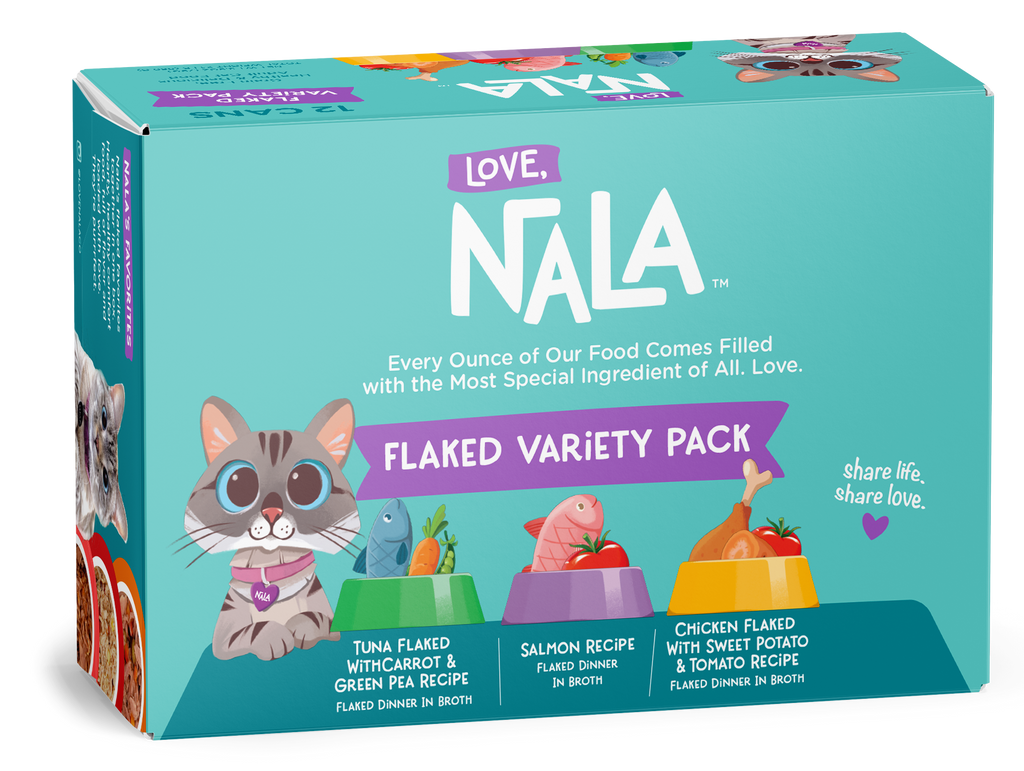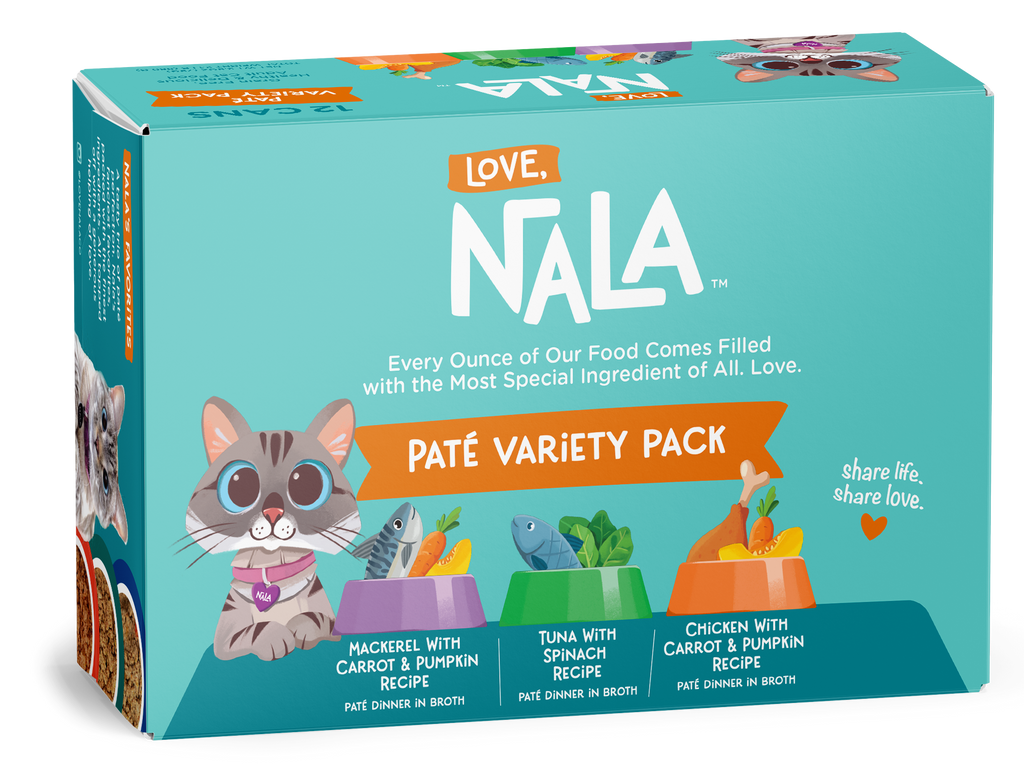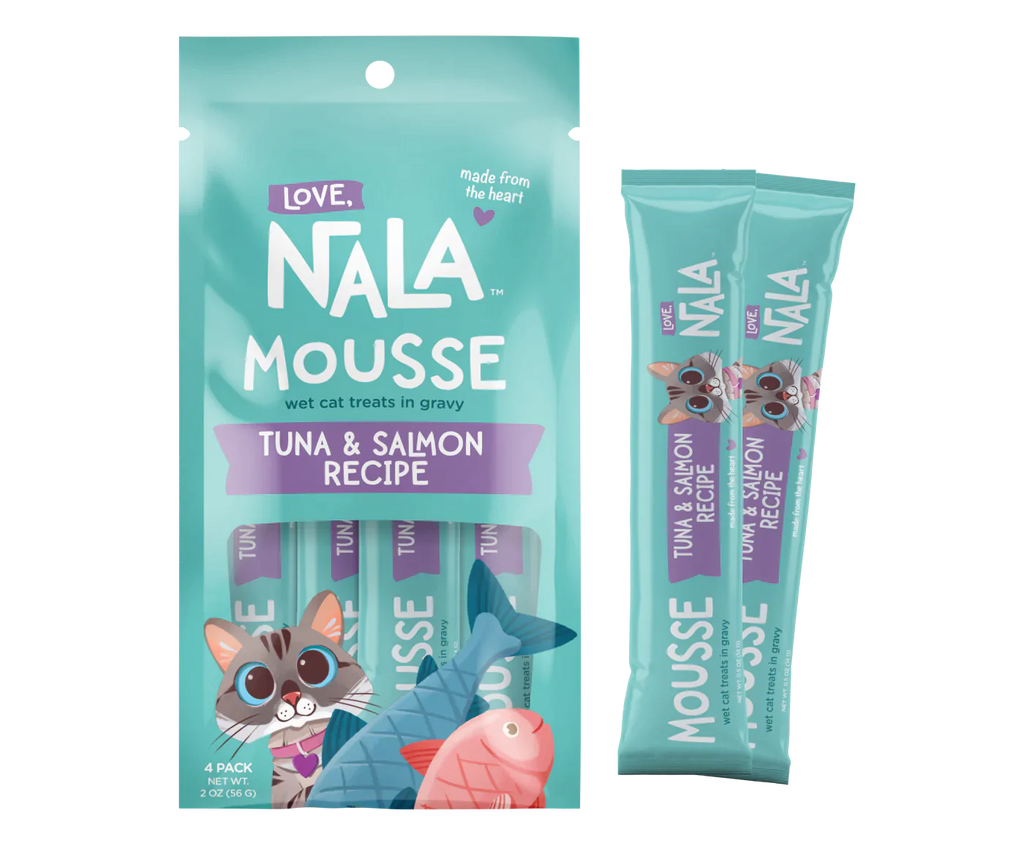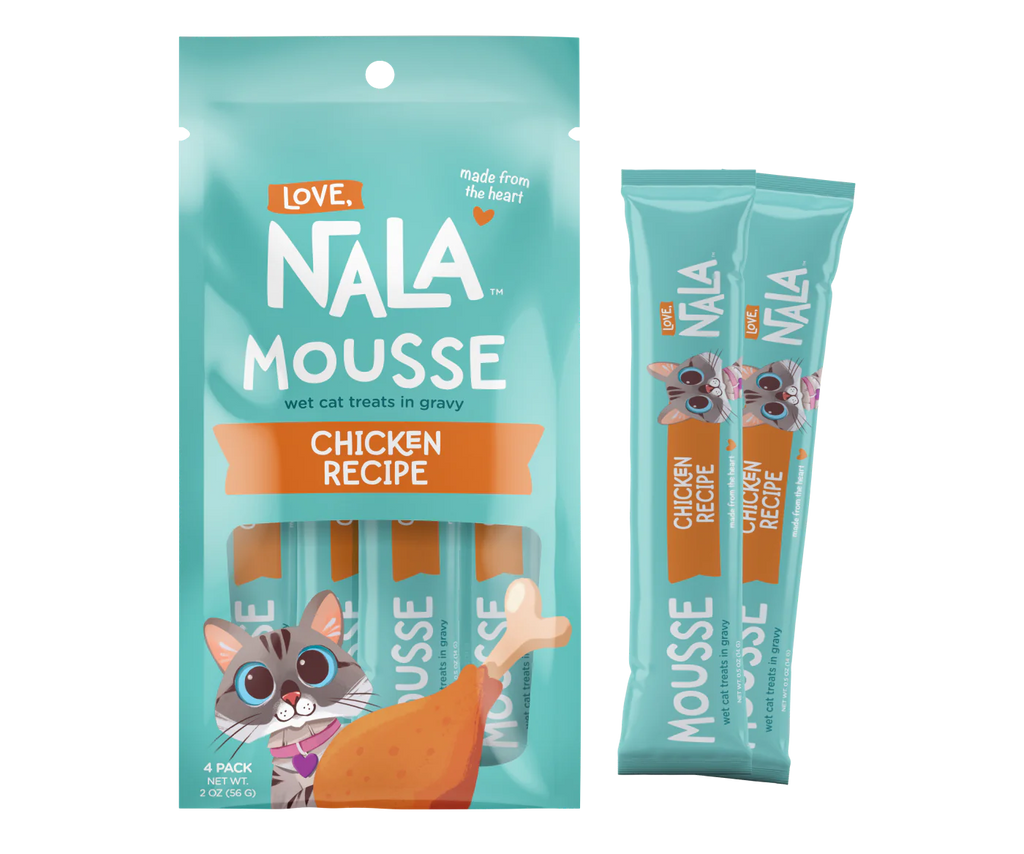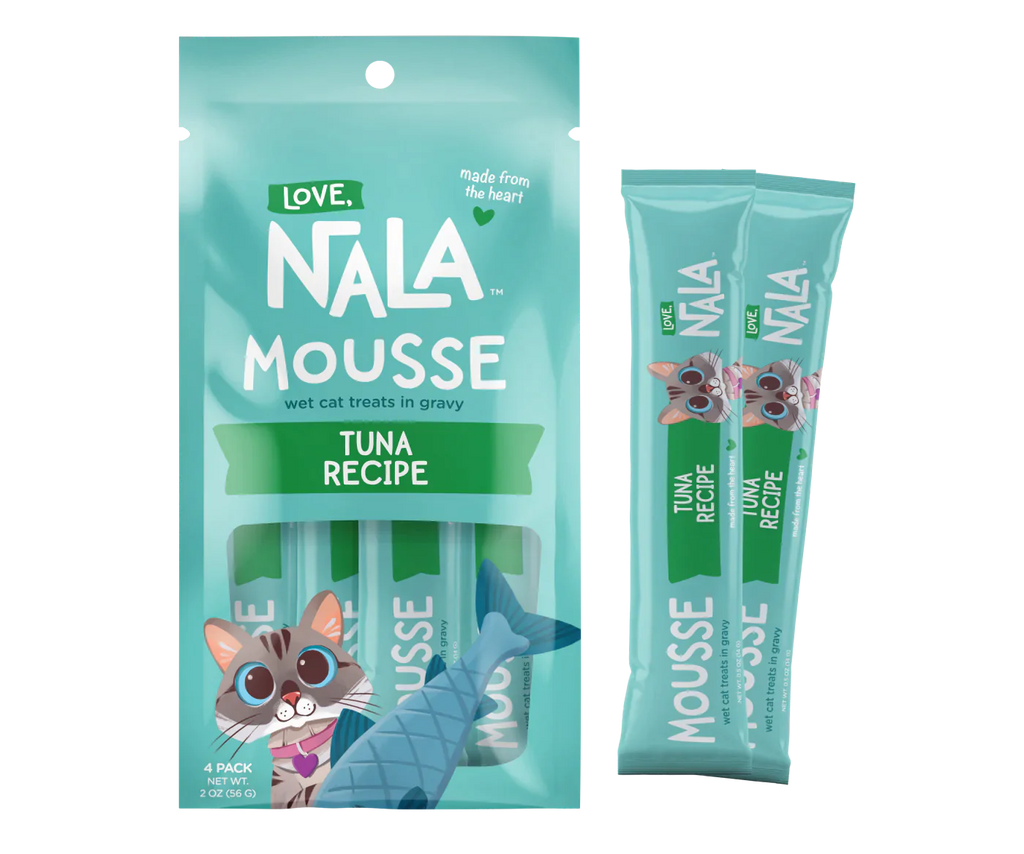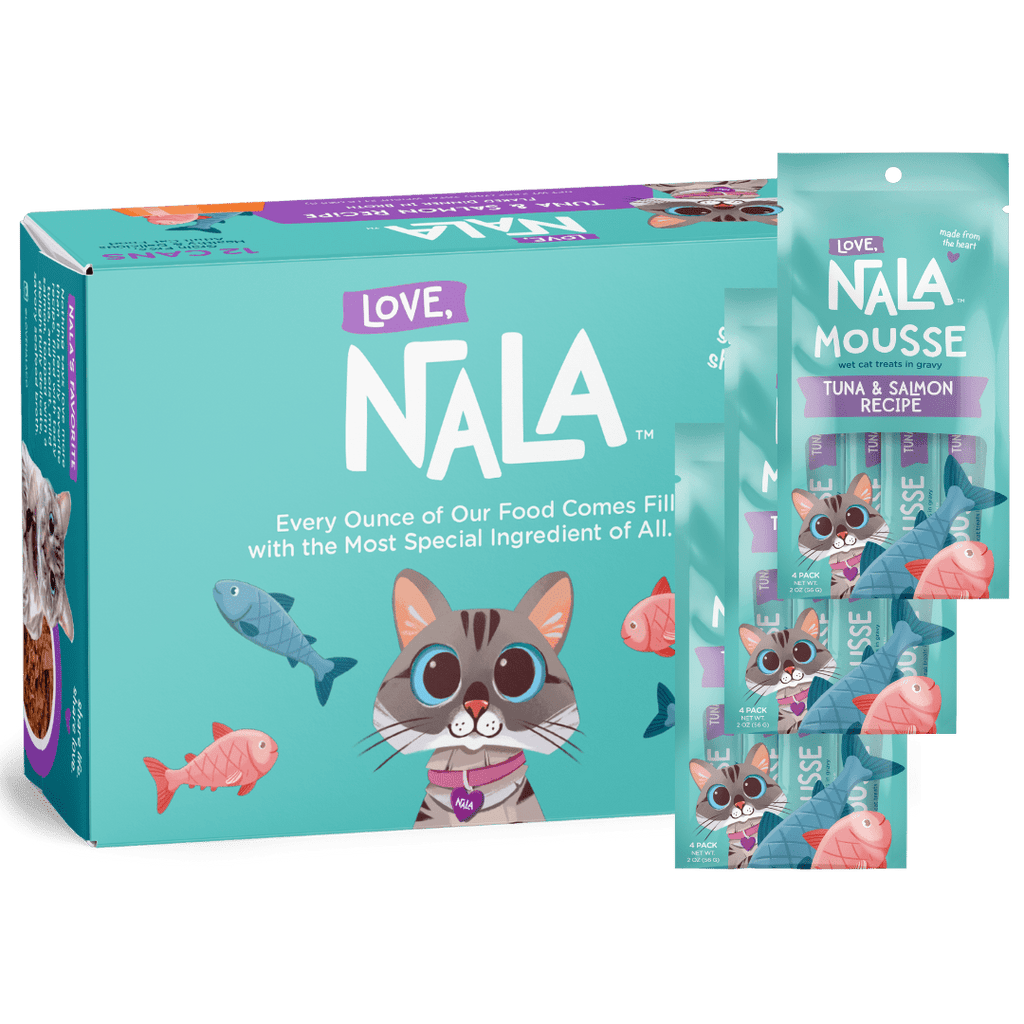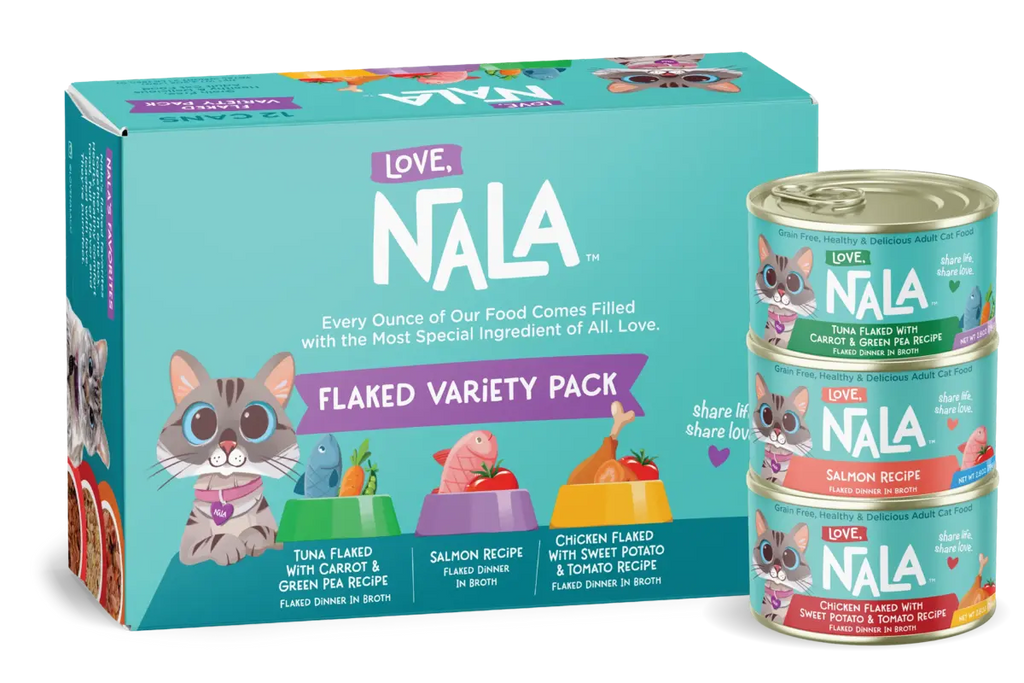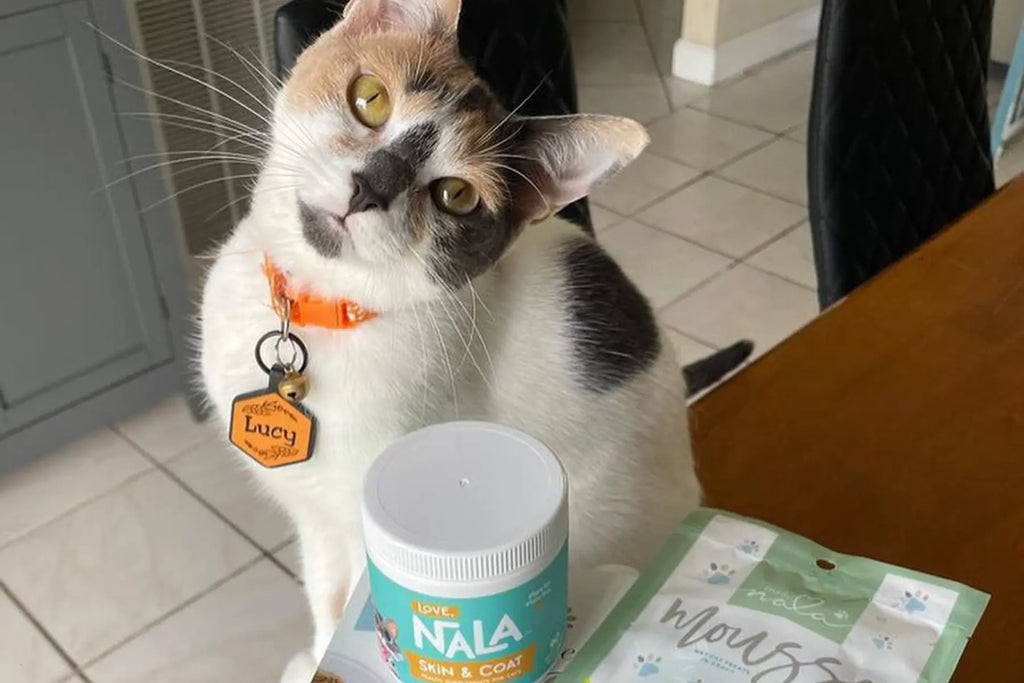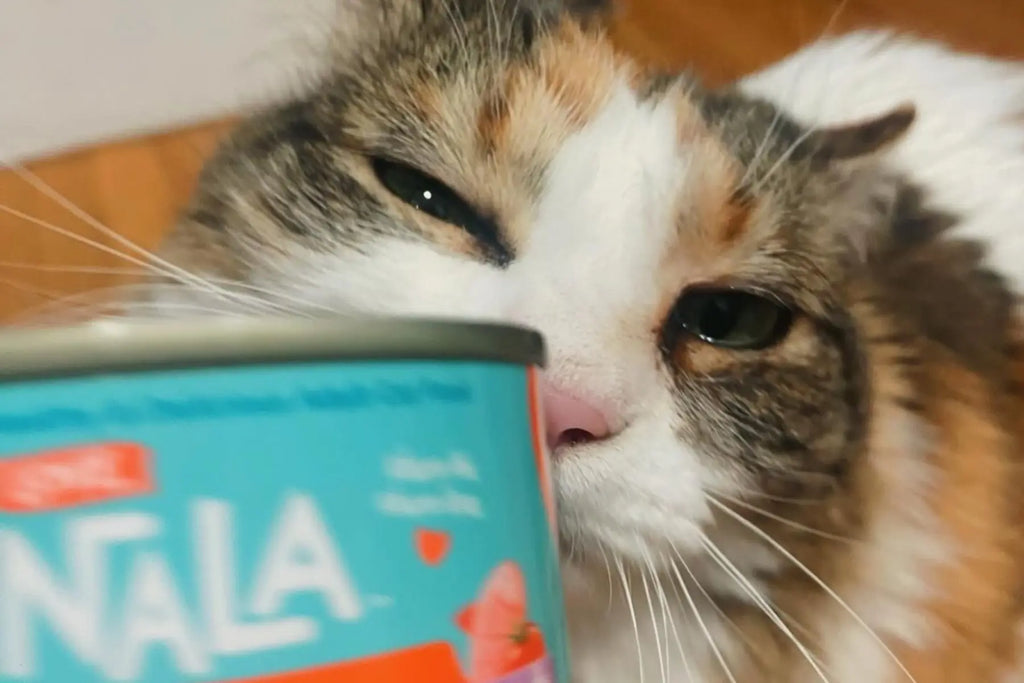When considering cat nutrition from veggies, it's important to recognize that while cats are obligate carnivores, meaning their diet primarily consists of meat, certain vegetables can play a supportive role in enhancing their overall health. A balanced diet for cats can include a small portion of vegetables which provide essential vitamins, minerals, and fiber. These additions should be seen as a supplement to their meat-based diet, providing variety and additional nutritional benefits without replacing their core protein needs.

Nutritional Benefits of Vegetables for Cats
Essential Vitamins and Minerals
Vegetables can be a source of essential vitamins and minerals that are sometimes less abundant in meat. For example, carrots and broccoli provide beta-carotene, which the cat's body converts to Vitamin A, crucial for maintaining healthy vision. Additionally, vegetables in cat food often include spinach and sweet potatoes, which are high in potassium and antioxidants, supporting cardiovascular health and overall cellular functions.
Improved Digestion
The inclusion of fiber-rich vegetables like peas and pumpkin in a cat's diet supports better digestion. These vegetables help regulate bowel movements and can prevent issues such as constipation, which is common among domestic cats, especially those that are older or less active. Incorporating these fibers as part of a balanced diet can significantly improve a cat’s digestive health and stool quality, making vegetables good for cats not just for nutrients but for their digestive benefits as well.
Increased Hydration
Cats often do not drink enough water on their own, which can lead to dehydration, especially in those who primarily consume dry food. Vegetables like cucumbers and zucchini contain a high water content, which can help increase overall fluid intake. Feeding wet adult cat food that includes such vegetables can be particularly beneficial for maintaining adequate hydration levels, and supporting kidney and urinary tract health.
Antioxidants for Immune Health
Vegetables such as bell peppers and green beans are rich in antioxidants, which play a critical role in enhancing a cat’s immune system. These antioxidants help fight free radicals, reducing oxidative stress and potentially lowering the risk of chronic diseases. The benefits of adding vegetables to cats' food include a stronger immune system, which is essential for cats of all ages, particularly seniors who may be more susceptible to illnesses.
Weight Management and Vegetables in a Cat's Diet
Adding Bulk Without Excessive Calories
Vegetables are an excellent way to add bulk to a cat's diet without significantly increasing calorie intake. This is particularly beneficial for cats that are overweight or tend to overeat. By incorporating vegetables such as broccoli or cauliflower, which are low in calories but high in fiber, cats can feel fuller for longer. In addition to aiding with weight management, this also stops overeating, which is essential for keeping a healthy weight.
Benefits for Less Active or Indoor Cats
For less active or predominantly indoor cats, obesity can be a real concern due to reduced physical activity. Integrating vegetables good for cats into their diet provides a nutrient-rich, low-calorie option to supplement their regular feedings. This can help maintain energy levels and prevent the weight gain commonly seen in less active felines, ensuring they remain healthy even with limited exercise opportunities.
Preventing Constipation
Cats, like humans, can suffer from digestive issues, and one common problem is constipation. Ensuring that your cat has a diet that helps prevent such issues is vital for their overall health and well-being. Adding fiber-rich vegetables to their diet is an effective method to mitigate constipation. Here’s an explanation of how these vegetables benefit a cat’s digestive health:
- Moisture Content: Many vegetables, such as cucumbers and zucchini, boast a high water content. This characteristic is beneficial because moisture plays a crucial role in the digestive process by softening the stool. By incorporating these water-rich vegetables into your cat’s diet, you can help maintain adequate hydration levels in the digestive system, thereby preventing the dry, hard stools that lead to constipation.
- Bulk to Stools: Fiber is renowned for its ability to add bulk to stools. Vegetables like pumpkin and carrots contain significant amounts of dietary fiber. When consumed, this fiber swells by absorbing water in the digestive tract, increasing stool bulk. This added bulk aids in creating softer and larger stools, which can be passed more easily through the intestines, reducing the effort your cat must make during elimination.
- Stimulates Digestive System: The presence of fiber in a cat’s diet does more than just bulk up the stool; it also stimulates the natural contractions of the intestines. These contractions are necessary for moving food along the gastrointestinal tract. Vegetables that are high in fiber, such as broccoli and peas, can enhance this intestinal activity, ensuring regular bowel movements and preventing the discomfort associated with constipation.
By incorporating small, finely chopped pieces of fibrous vegetables into their daily diet, alongside regular hydration, cat owners can help ensure their pets maintain regular bowel movements. This proactive approach not only enhances the cat's digestive health but also contributes to their overall well-being, making "Can cats eat raw vegetables?" a pertinent question to consider for maintaining digestive regularity and preventing such issues.

Precautions and Washing Vegetables
Cats are obligate carnivores, which means their diet is primarily based on meat. However, incorporating vegetables into your cat's diet can offer additional nutrients, which might be beneficial in small amounts. When introducing vegetables to your cat's diet, it is crucial to handle them with care to avoid any health risks.
- Thoroughly Wash All Vegetables: Before serving any vegetable to your cat, it is imperative to wash them thoroughly. This process helps to remove any pesticides, herbicides, and other harmful chemicals that may linger on the surface of the vegetables. Washing reduces the risk of exposing your cat to substances that could potentially lead to health issues.
- Peel and Remove Seeds: Many vegetables come with skins or seeds that are not only difficult for cats to digest but could also be hazardous. For instance, the seeds in bell peppers and apples can be toxic, while the skins might be too tough for their digestive system to handle. It's essential to peel these vegetables and remove any seeds to prevent indigestion or toxicity.
- Cook Certain Vegetables: Some vegetables, like carrots and broccoli, are hard in their raw state, which can be challenging for cats to digest. Cooking these vegetables can make them softer and easier to digest, which is especially important for cats, as their digestive system is primarily designed to handle meat. Cooking also helps in breaking down some of the complex fibers and compounds found in vegetables.
Adding vegetables to your cat's diet should be done with careful consideration to avoid disrupting their primary nutritional needs.
- Organic Produce: Choosing organic vegetables can be a safer option as it significantly lowers the chances of chemical exposure. Organic produce is grown without the use of synthetic pesticides and fertilizers, making it a healthier choice for both human and pet consumption.
- Small Portions: Vegetables should only be a small part of a cat's diet, which should remain predominantly high in protein. Introducing vegetables in small portions ensures that they do not replace essential nutrient-rich foods but rather complement the diet.
While the inclusion of vegetables in a cat's diet can be beneficial, it requires careful preparation and consideration. By taking the right precautions you can enhance your cat's dietary regimen without compromising their health. This thoughtful approach ensures that your pet enjoys a diverse, balanced, and nutritious diet.
Incorporating Vegetables into Commercial Cat Foods
Air-dried Cat Food with Vegetables
Air-dried cat food often includes vegetables as a key ingredient, providing a balanced blend of nutrients. This method of preservation maintains the natural enzymes and nutrients found in fresh vegetables and meats, offering a diet that is closer to what cats would eat in the wild. The inclusion of what vegetables can cats eat raw in healthy cat food enhances its nutritional profile by supplying essential vitamins and minerals that support overall health.
Wet Adult Cat Food with Plant Ingredients
Wet adult cat food that incorporates vegetables can offer additional hydration and nutritional benefits. These formulas often include ingredients like carrots and peas, which contribute natural flavors and nutrients while increasing the moisture content of the food. As emphasized before, this is especially beneficial for cats that may not drink sufficient water on their own, helping to prevent urinary tract issues and promoting kidney health.
Balancing Meat and Vegetables
Achieving the right balance between meat and vegetables in commercial adult wet cat foods is critical. While meat should be the primary component, vegetables can provide essential nutrients that meat alone does not supply. Manufacturers carefully formulate their products to ensure that the addition of vegetables supports, rather than detracts from, the nutritional needs of cats.
Practical Tips for Introducing Vegetables to Your Cat’s Diet
Pureeing Vegetables for Easier Consumption
Pureeing vegetables is another excellent way to include them in your cat's meals. This process makes the vegetables easier to digest and blend seamlessly with their usual food, ensuring that your cat receives the full benefits of vegetables for cats' diet without the struggle of eating chunky pieces. Vegetables like pumpkin and peas are ideal for pureeing and can significantly enhance the nutritional content of your cat’s meal.
Gradual Introduction to Prevent Digestive Upset
To prevent any digestive discomfort, it's important to introduce new vegetables slowly into your cat’s diet. Start by offering small portions of vegetables, and as discussed before, ideally steamed or cooked to enhance digestibility, as raw vegetables can be tough for cats to process. Suitable vegetable choices include carrots, broccoli, and peas, which should be free from any seasonings or oils. These should be introduced once or twice a week, allowing you to monitor your cat's reaction to each new addition.
Monitoring your cat’s reaction to new vegetables is crucial. Observe your pet for any signs of gastrointestinal upset or allergic reactions, which might include vomiting, lethargy, or a change in bowel movements. This step-by-step introduction not only minimizes the risk of digestive issues but also helps you identify which vegetables are best tolerated and enjoyed by your cat. It’s important to note that some vegetables, like onions and garlic, are toxic to cats and should always be avoided. Over time, if your cat shows no adverse effects from the new vegetables, you can gradually increase their proportion in the diet. This gradual transition not only supports the digestive system in adapting but also helps in diversifying the cat's diet, potentially aiding in overall health and weight management.
Consulting with a Veterinarian
When considering incorporating cat diet plant-based benefits into their diet, it is essential to seek professional advice from a veterinarian. This step ensures that any dietary adjustments are beneficial and safe, tailored specifically to meet the nutritional needs of your pet.
- Expert Guidance: A veterinarian possesses the expertise necessary to recommend which vegetables might be suitable for your cat. Unlike humans, cats have specific nutritional requirements that certain vegetables can either help fulfill or disrupt. A veterinarian can provide a comprehensive list of beneficial and harmful vegetables, helping you make informed choices that enhance your cat's diet rather than compromise it.
- Safe Quantities: The appropriate quantity of any plant-based ingredient varies significantly from one cat to another, influenced by factors such as age, weight, activity level, and existing health conditions. Veterinarians play a crucial role in determining the right amount of each vegetable to integrate into your cat's meals. They ensure that these additions do not disrupt the delicate balance of nutrients essential for a cat’s health, such as the precise ratio of protein, fats, and carbohydrates your pet requires.
- Optimal Health: Consulting with a veterinarian ensures that the dietary changes you make will contribute positively to your cat's health. They can monitor the impact of new food items and adjust diets as necessary to prevent any adverse effects. Additionally, regular consultations allow for the assessment of the cat's overall health and the early detection of potential dietary-related issues.
Making dietary changes for your cat without professional guidance can lead to unintentional health consequences. Consulting with a veterinarian ensures that your intentions to improve your cat’s diet translate into actual health benefits, reinforcing the importance of expert advice in maintaining the well-being of your beloved pet.

Incorporating healthy vegetables for cats into their diet offers a multitude of benefits, from providing essential nutrients to aiding in hydration and digestion. However, it is crucial to approach this dietary enhancement with care and knowledge. Vegetables should complement, not replace, the meat that forms the core of an obligate carnivore's diet. By choosing the right vegetables—those rich in vitamins, minerals, and fiber—and preparing them properly, you can ensure they serve their purpose without compromising your cat's nutritional integrity.
